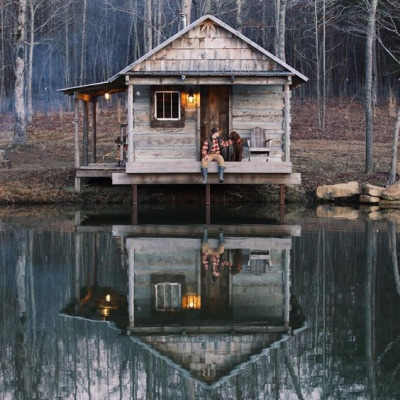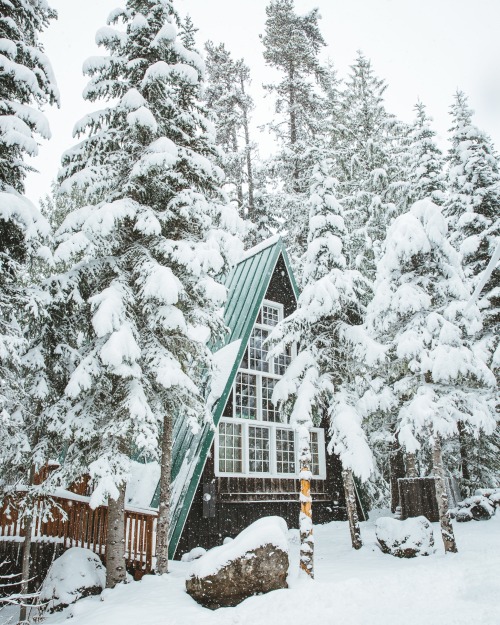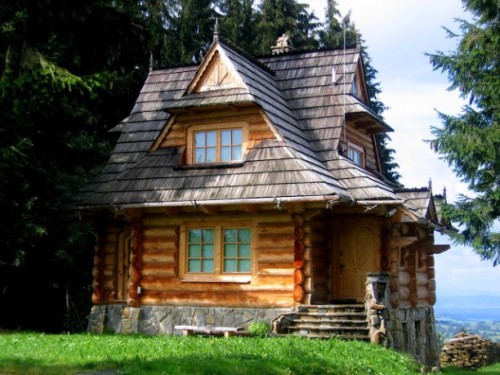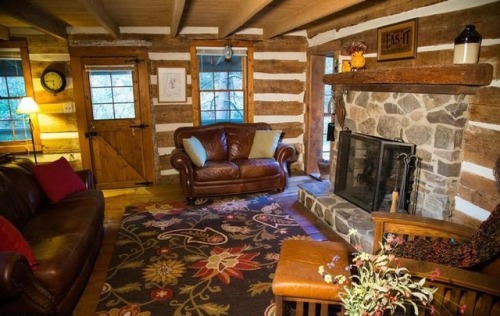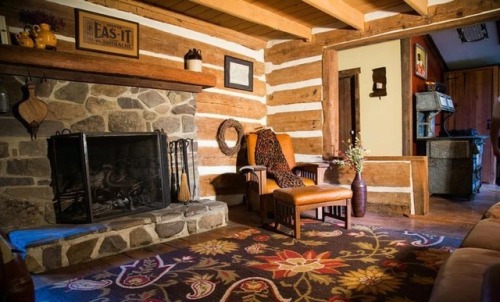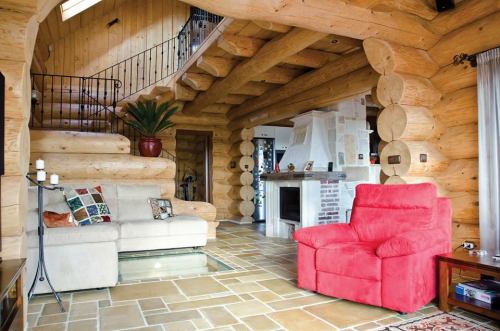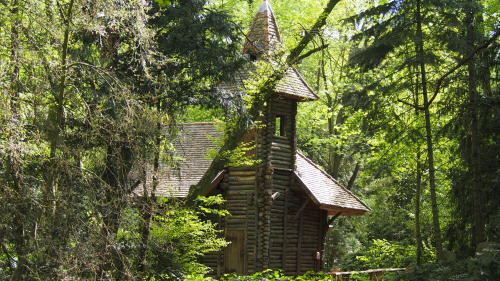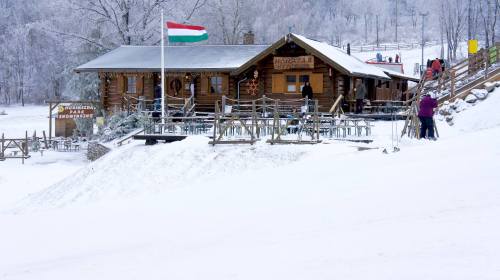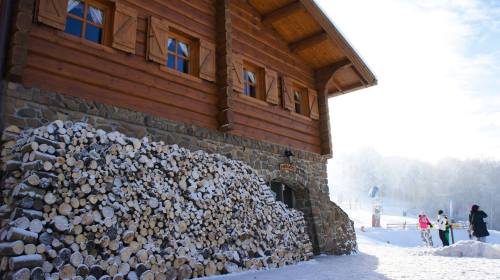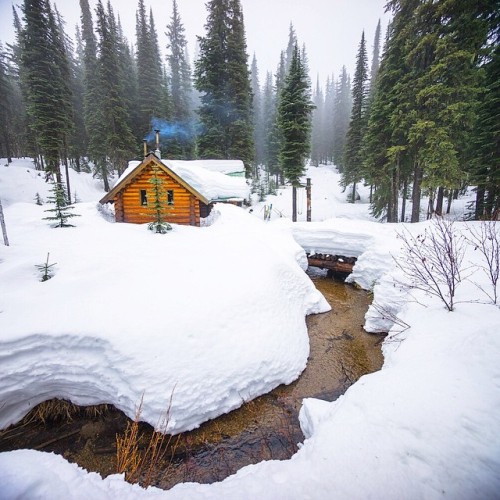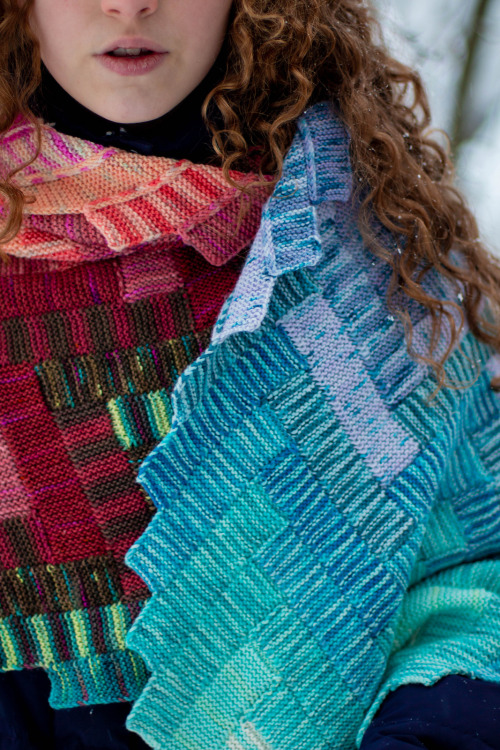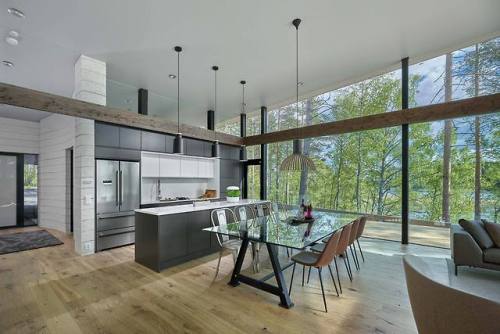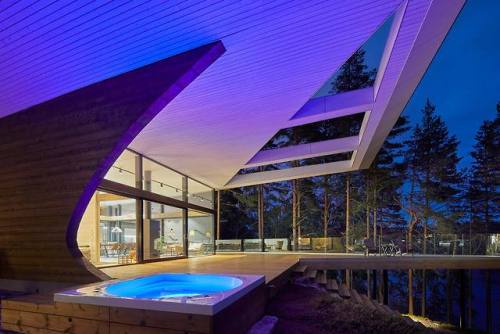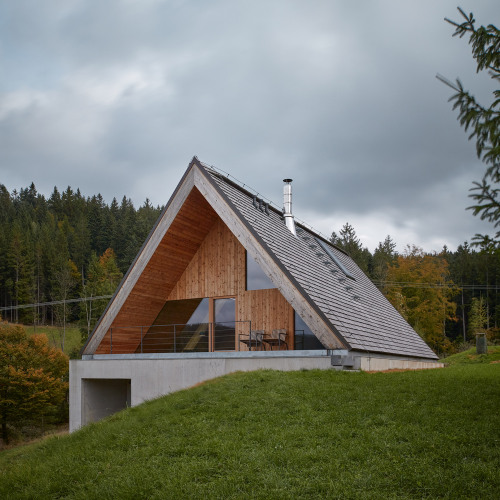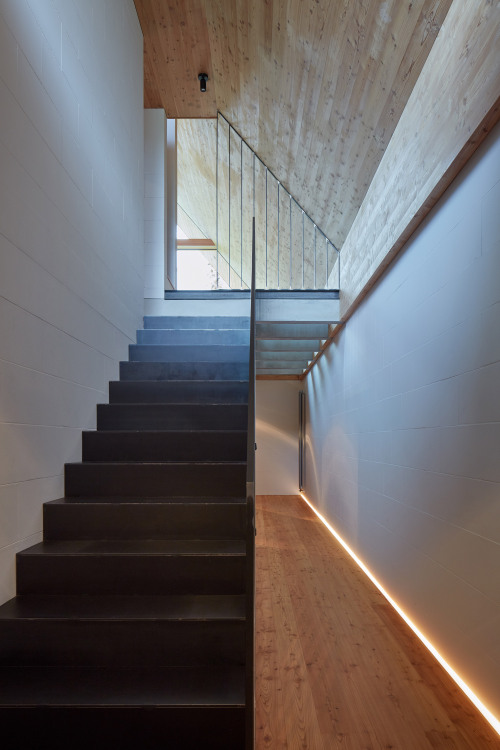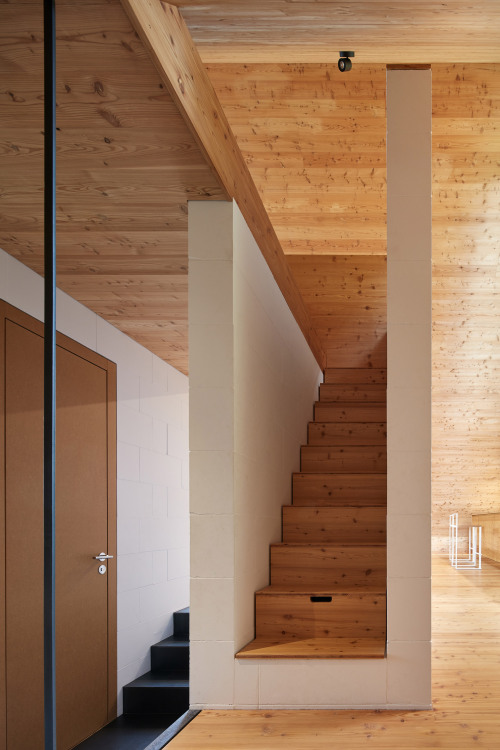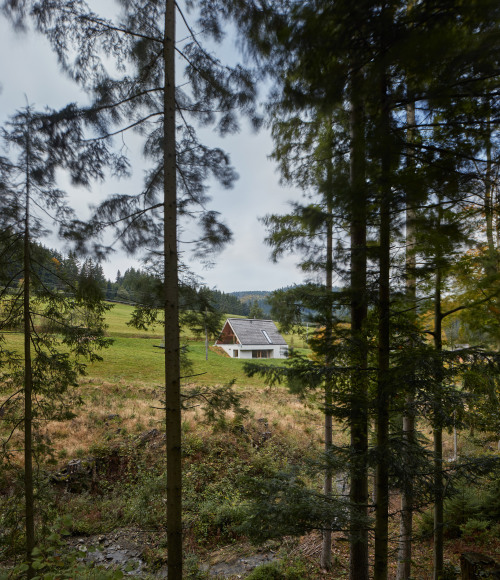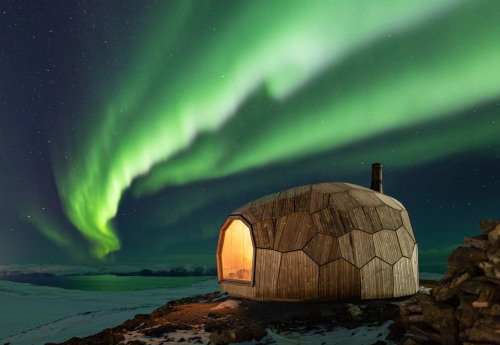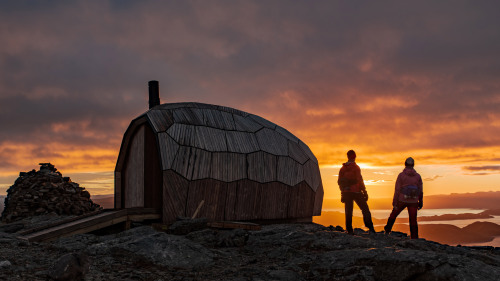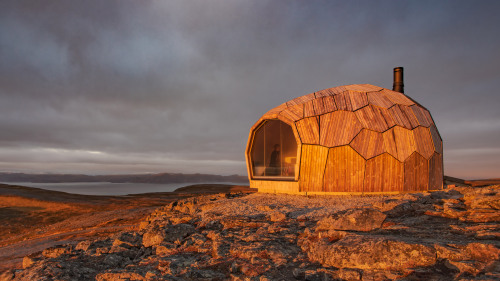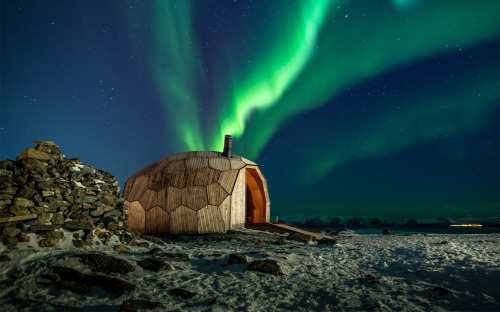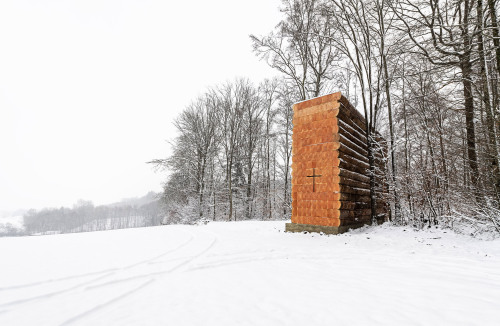#log cabin
When’s your off-season?
This post was originally published on Shangrilogs Substack. Subscribe here.
Do you have a personal off-season? Can you?
My life here is supported by a resort town. There’s not a single amenity in our “town”, so we head into the actual town 25 minutes away for restaurants, stores, salons, etc. Those businesses all operate on a resort schedule, which is the closest American Industry gets to European. Beginning in late October through early December, hours are reduced and many places close up for a well-earned off-season. And I love every moment of minor inconvenience. Good for you, Siam Thai. Get out of here! No problem, ski shop. You go climb those mountains.
Unfortunately my own sanctioned off-season this time of year probably looks like yours: here are two days off — we know you’re likely spending them negotiating familial relationships, walking on Covid eggshells, trying to recover from years of getting hammered by 40-hr-work-weeks that are actually boundary-less tethers to tiny dinny nightmare sounds coming from your tracking device, all while cooking an actual feast you haven’t practiced in a year — but we hope you come back refreshed on Monday because Carl scheduled that 8am. (Carl thinks we should be back in the office because he’s a sycophant who believes the American Dream is real. Carl doesn’t give a shit what timezone you’re in.)
Corporate jobs don’t have off-seasons. And no, vacation days don’t count, because the point of shutting down the whole business is that there’s not 738 emails waiting to destroy your newly replenished zen when you get back. Which is why I believe in manufacturing your own off-seasons: breaks from fitness, upping the frequency of takeout meals, a pre-determined month of caring less when the house is a mess, a couple weeks’ work of “phoning it in” which I love and have loved since college when I realized it was possible to give a C performance and still get A- life results. And to be clear, despite years of professional work promoting it, I’m not talking about self-care. I am instead talking about self-reallocation-of-care. For me, the perfect off-season isn’t punctuated by massages and elaborate tea routines, it’s just doing a whole lot less of the bullshit and a whole lot more of the best shit.
But what is the best shit?
I have to give my brain a long enough break from the day-to-day to even figure out what a fulfilling day even is. A natural place to start here is to just think about what you’re grateful for. But when I’ve attempted gratitude journals in the past, it gets a little old writing “my legs, Finn, Ben, parents, the outdoors” over and over again. So instead, I like to think about what I regret. After all, when we sit around talking about what we’re grateful for, we’re just dancing around what we regret, or more often, what we’re attempting to not regret, e.g., ignoring your children, spending your life at a desk, never seeing Paris or whatever. Gratitude is a nostalgia-laced reverence, a practice of really nesting in the good things brought into our lives, where regret is that same nostalgia-driven awe, just this time with a big ole complicated layer of “whoops.”
I only have one serious regret — the rest all fall under the categories of “learning experiences” and “well what are ya gonna do.” (I guess the third category is “yes, I absolutely wouldn’t have gone to that restaurant that night” but that’s rewriting history — not choosing a better decision.) My biggest regret is when I had something really good and I let another person convince me it wasn’t. Or, in more explicit terms, I had a popular Tumblr from 2010-2013 that was optioned into a book and instead of converting that audience to a newsletter or different platform and continuing to write for myself, I just let it die because my Worst Boyfriend™ convinced me it (and I) were trash.
I used to resent him for that, but it was my choice. There will always be people who want to influence your decisions — usually not with any malice. But an off-season, a time when I let my brain get a full dose of introspection, allows me to pay closer attention to what’s bringing me real joy and flow immersion. When I can pay attention like this, and burrow into that feeling, I’m not so easily led astray in the woods.
Sort of like moving to this town in the first place.
“Isn’t that kind of far from a hospital?”
“Aren’t you worried about avalanches?”
“Do you even have snow tires?”
I had conviction around this decision. (To be fair, I also didn’t have any manipulative sacs of bitterness in my circle anymore.) Which brings me to the present, an off-season if I ever had one. Living somewhere without endless city entertainments, my job in transition with our budget slashed, friends to see in person at a near all-time low, and only six hours of actual sunshine — there’s not a lot to do but dedicate myself to figuring out what I want to do with myself.
At the tail-end of my last off-season, I and three other women set out to read Designing Your Life together. I was swimming with big ideas and bigger dreams, and I needed to shape the clay of them into something I could use, which is exactly what that book advertised it could help with. For the most part, I really enjoyed that book, but one exercise struck me as particularly futile. It asked for you to write down a thing you love, e.g., “the outdoors” or “making to-do lists”, and then make a word web in all directions under a time limit, and at the end, circle the words you wanted to be a bigger part of your life. I remember thinking this was so dumb. Then earlier this week, I came across all these old papers while unpacking. Here are the words I circled:
- Home decor
- Sharing
- Community
- Inspiration
- Tropical
- Rustic
- Connection
- Stories
- Newsletter
*Gestures around at exactly what I’m doing right now, in a house I themed #tropicabin, sharing my stories and building a little community of people who care via a newsletter.*
Which brings me back to my big regret: abandoning the blog I worked tremendously hard to build. I knew when I was working on that blog that I was fulfilled. Is it ironic to do years of on-and-off soul-searching to come to the same conclusion that you did years ago? This is the plot of countless successful movies, after all. It took me a few years, and a couple very good off-seasons, but here I am, spinning my regret back in the gratitude direction.
So I want to say thank you for supporting this writing endeavor. I don’t wake up each day excited to log in to work, but I do wake up excited to work on this. And I still get questions that make me doubt myself.
“Are you doing it to just practice your writing?”
“Do people actually read it?”
“It seems a little aimless?”
But thanks to the right kind of rest, my conviction is happy to answer: no, yes, so?
We have to give ourselves off-seasons. It wasn’t that long ago that humans knew a couple hundred people and read the paper and a few books. We have got to give ourselves a break because no one else is going to give it to us. Shut your kitchen down. Shut your social down. Put an out-of-office on your personal email. We need our own permission slips to care less about some things so we can care more about finding and funding and defending the things that light us up.
Here’s my recommendation for a little Sunday journaling in the afternoon sun: Use the past week of stirring up the pot of gratitude to see which regrets are adding that depth of flavor to the stew. Write down all the joy-giving things in your life, from things you do frequently to things you rarely get to do. Then, write down your regrets and what you would do differently. The reality is, we can always start “differently” right now. Be more honest, commit more deeply, love bigger, draw stronger boundaries, and so on. Finally, give yourself a time-constrained off-season. Put it on the calendar. “Do not spend time picking up the house.” Because it doesn’t matter how good your list of loves’n’loathes is if you don’t give your brain the space to figure out how to apply that to your life.
So when I’m re-shaping that ball of clay called life, I try to remember this:
- Gratitude tells us what we’re getting right
- Regret tells us what we could get right
- And rest tells us how
It’s been almost a decade since I was this excited about my own ball of clay. It took one off-season to realize what I had, one to realize what I wanted, and this one to finally pursue it. Thank you being the ones to help me shape it.
If you liked this, consider subscribing to Shangrilogs on Substack for the free weekly newsletter, or support a writer and go paid to get gear reviews, renovation recaps, and more.
I bought a house in the middle of nowhere
“Yeah, I loved it, but she’d never move there.”
It was something akin to that, at least. He didn’t mean any mischief, no deceit or planning. It was an honest take on what, at the time, was true. I saw the road into town on Google Maps, noted that it was closed during the winter, acknowledged the reality that a person can own a snowmobile, and I said, “we are not moving there.”
But, all good truths are just dares in the making.
And here I am, living in the “there” I said I would not.
Two years ago, I left my job at Headspace for a life reset. It was pre-pandemic, and Ben and I were planning a big road trip. Our perfect paradise in Topanga, CA, had crystallized itself as many people’s perfect paradise, and those “many people” all had more money than us. Our options to buy a home were nil, and home-buying was essentially all we wanted. Ben’s a builder and I’m a world builder, and we wanted somewhere to invest that didn’t belong to someone else.
We packed the car with the tent and the bikes and the dog and all the things that come with tents and bikes and dogs, and off we went on our own Tour de l’Ouest, looking for a place to call home. We knew what we wanted, knew our odds of finding it, and hit the road anyway. Here was the dream list — concocted by two pie-in-the-sky dummies who married each other:
- Not rainy or consistently windy
- Notable access to the arts
- Remote and challenging to get to/close neighbors
- Wild West influenced architecture
- Progressive community
- Exceptional trail access out the front door
- High-speed internet
- In our budget
And my personal favorite: had to “feel right”
Good luck to us with a list like that, but thus began our hunt. We camped in the snow, tried every dirty chai in the Rockies, and explored every town we could. Whatever a good time it was, it felt useless. Every town Ben was OK with, I hated. Every town I was OK with, Ben despised. And the few places we both loved required money we just didn’t have. We came home with our sails down, limping into the harbor of our rental.
But as is the way with romantics, our dreams began to slowly eclipse our reality. Books fell victim to Zillow and Trulia. TV was replaced by the MLS. All writing time was dedicated to Realtor.com. Hours were spent pouring over maps, county records, and updating spreadsheets that tracked price per square foot compared to beds and baths.
Over time, all that internetting led to one singular town of 180 people at 10,000 feet in the San Juan Mountains of Colorado with a road that said “Closed Winters” on Google Maps.
Look, I don’t know what happened. Ben found this town on a map, I said don’t be ridiculous, and after a year or so of him telling people I’d never move here, here I am, being ridiculous. Was it reverse psychology? Maybe. Was it the charming “town plan” that mandated all houses be rustic cabins and forbade AirBnB? Could be. Was it the fact that when I looked at Strava’s Heatmap, it showed what seemed like thousands of miles of trails just out the front door? I mean, yes. All these things played a part, but all I know for certain is that one day I woke up and said, “we’re going to move there.” Ben doubted this conviction (and the realities behind it) thus cementing it into place in my head.
In a town of 180 people there’s only ~60 houses, which means maybe 2 or 3 get listed per year — but my spreadsheet had the proof: we hadn’t missed our chance yet in this tiny town. The data showed a strong likelihood there would be at least two houses listed within the calendar year. This, however, was also our last chance. The spreadsheet also showed that if we didn’t find a house this year, we wouldn’t be able to afford one the next.
We called a realtor, made our case, and harangued her until she believed us that we were truly the kind of yahoos who would move to an avalanche field and stay there.
And then it happened. A pocket listing. It was a darling home built in 1890. It had the beds, the baths, and the views. We were the first and only to know. We put in an offer, they agreed, and we would come to see the house in a few weeks. But in those few weeks, the circumstances changed. The sellers lost their own sweet deal, and they couldn’t sell yet. Their agent promised we had right of first refusal, it was only a matter of time. Ben lamented, I preached patience, and we went to see the house that was no longer for sale anyway.
It was a quiet winter morning in Covid when we drove across the packed snow to meet our realtor outside the house. The sun was out and the 13 degrees Fahrenheit felt warm. I unzipped my jacket, mask on my face. I took long videos and talked about where I would set up my office and where we’d put the bikes. As we closed up and I settled into a future where this house would eventually be mine, our realtor told us there were comps in the area — other residents quietly interested in potentially closing out. Would we like to see them? Sure, let’s.
- One home came with an incredible commercial kitchen. The whole house was a whopping 3500 sq ft if my memory serves me correct, which falls under the category of “houses too big to find your cat in.“
- Another home had an open-air-to-the-kitchen bathroom.
- The third was dark and overpriced with cracked windows and open beer cans scattered about.
And then, plans changed.
“Hey guys, there’s actually one more house we can see.”
The last house we saw was a log cabin, nestled in the hillside by itself, with massive A-frame windows looking out onto the peaks beyond. Inside was a labyrinth of a life lived long and large. The cabin was built and loved by a man we’ll call Jack. Jack was 82, and as we walked toward the front door on that sunny winter morning, he exited with two beers in his pockets, headed to the mountain to ski. Jack was an attorney — in his life he’d been both criminal and defender — and from the stories, somewhat interchangeably. There were artifacts from running in the same scenes as Hunter S. Thompson and Willie Nelson; there were stuffed birds, bad books, sheet-covered couches, smoked spliffs, and piles and piles of mouse shit. Every inch of the house was lived in, and not just by people. You think millennials like plants? No. This man likes plants. The biggest monstera deliciosa I’ve ever seen, spanning some 10 feet wide and 15 feet tall. Draping cactuses, spider plants, massive aloes, and an ambitious hoya carnosa clawing its way to the top of the massive fireplace.
But there were problems. I’m trying to be diplomatic saying the house was lived in. The wood by the door handles was dyed black from years of hand grease rubbing against it. The carpet in the upstairs was soiled almost everywhere with bat scat. Newspaper was stuffed between the massive logs to keep the wind out. There was cardboard taped over almost every window, blankets nailed over the others. Half the doors wouldn’t open. It was unnerving to touch the crusted light switches. It was early enough in the season of Covid-fear that touching anything felt like gambling. On our way back to our rental in the bigger neighboring town, we shared our awe and our no-ways, lamenting how long we’d have to wait for the little 1890s fixer upper.
That night, I sent the video I took of the cabin to my parents. “Can you believe this?” I asked.
And do you know what my dad said?
“Great log construction.”
After that, the cabin was all we could talk about. “Could you believe those plants?” “Did you see how big those logs were?” “I just googled Jack, look at this.” “Do you know what the insulating factor of logs is?” “How much did he say he was asking?”
It came down to the plants. Amidst all the chaos in that house, the tender care of those decades-old plants sung the clearest. This wasn’t just a place Jack lived in, it was a place that wanted to be lived in. We made an offer the next day.

Jack had six months to clear out his 30 odd years of collecting, and the town had six months to speculate about the worrisome Californians moving to their high-altitude, high-risk town.
The town itself is an old mining town. It rests in a high valley, surrounded by peaks over 13,000ft, and is over six hours from the nearest major airport. Five people died around this town in avalanches this past year. The dirt road into town is littered with avalanche fields, warning visitors to not stop when driving in. The other way out is a pass road, only drivable in the warm months, but you could skin out if it was dire. Most August days, the high is in the mid-60s. The valley is blanketed in wildflowers, and the aspens littering the mountainsides suggest a promising fall display. The town had a heyday, a low day, and now it’s a community of preppers, adventurers, appreciators, and “get all these idiots away from me”ers. We don’t know these people yet, but the ones we’ve met have the same like to live hard attitude we do. Heli-ski guides, ex-CIA agents, woodworkers, bakers, teachers, just a general can-do group of people. The kind of people that see a California license plate and peer with skepticism between the thin gap over their sunglasses and under their caps.

You might say I’m romanticizing the place, but the residents are worse. Like all good old-timers, they’re full of threats: “wait’ll you see the snow drifts,” “let’s see how you do outrunning an avalanche,” “good luck with the winds,” “the last Californians didn’t last a year.”
God, what does that remind me of?
“Yeah, I loved it, but she’d never move there.”
With every taunt, my teeth ground more enamel, fingers rolling into a clench. And maybe Jack recognized this intensity, because on the day of closing, he hosted a gathering for us in the town’s open space. He had us introduce ourselves to the skeptical locals, and I made my case in court, eyes narrowed and lips curled.
“I’m the daughter of a smokejumper and wildlife biologist. I grew up watching the wind and the door. I’ve lived in big cities, small boats, and more than one cabin. I always take the stairs, I never use air-conditioning, and I’m a very good shot.”
I’m just a girl, standing in front of a town, asking them to give her a fucking chance.
Jack stepped forward to speak. “You know, I had my doubts about a couple Californians coming to look at my house. But these people? These are the nicest people you’re ever gonna meet.”
And then I helped Jack set up his cot so he could spend his last night under the stars in the town that kept him young. Cooper ran circles with the other dogs. People brought homemade cocktails and bowls of dip and we felt welcomed. Even the mayor, a fellow writer, came and she struck up a conversation.
“I hear you’ve got a little bit of a following on social media!” She teased.
“I guess, nothing wild.”
“Well I just wanted to let you know if you ever geotag this town, I’ll drag you out of it.”
She grinned.
This was a special place. And every visitor who couldn’t handle the realities of being here threatened the very wellbeing of the people who lived here. This town survives on a delicate balance. They source their own water, manage their own roads, and fervently protect the land and the people around them. Their stories about racing avalanches, snowmobiling in the dark of night to the doctor’s house, hunkering down in each other’s homes as the storms pass — these stories were bylaws. You can join when you’ve proven you’re ready to join. By their own projection, they are hardy and steadfast people, and when they see a Californian, they see something fleeting.
Many years ago, I worked in the British Virgin Islands. The people born and raised there were called Belongers. At the customs office, the placards above the lines literally read, “If you belong, stand here” and “If you do not belong, stand here.”
Whether or not we belong isn’t up to the town council, and it’s not up to these residents. It’s up to years spent drifting my old Mustang in the snow on the way to school, up to Ben’s months and months spent in the backcountry, up to my years of reading fire reports and assisting with evacuations, up to Ben’s ability to read the landscape and the weather, up to my doggedness, his diligence, and our pathological love to do difficult things well. It’s up to us, to these old logs, and to this valley. Doesn’t mean we’ll belong, but it does mean we’ll try.
And for the record, the road is open in the winter. But do these sound like the kind of people who’d tell Google that?
Next week, a tour of the house that we get to call ours — stuffed with newspaper, run by plants, and filled with mice.
P.S. Here’s where we get our mail.




It took a lot of pain to get here.
Follow me on IG @Chill_I_GotThis

Welcome to the family
Follow me on IG @Chill_I_GotThis

cozy autumn days & spooky autumn haze

Follow astrothecowdog on Instagram.
Once You See It, You’ll Want To Knit This D'aeki Wrap Designed By Stephanie Alford … Look Ma, No Seams & No Sewing! https://buff.ly/37kPsVy
It’s true. I DO want to knit it
Yikes - I wanna crochet it!
Stunning work! Reblogging for your dash today x
Post link










Good wood - escape the harsh Arctic wilderness in the ‘Arctic Sauna Pavillion’ by Finnish studio Toni Yli-Suvanto Architects. A respite from the elements that converts into a sauna. Sound pretty good to me!
Good wood - So this is what minimalist chalet-life looks like in the Czech mountains, pretty darn tidy!
Introducing the ‘Weekend House’ by Pavel Míček Architects.
Post link
Good wood - I can almost feel the blissful calm under the northern lights. Spinn Arkitekter designed this shelter, which exists to encourage hiking in the mountains surrounding the town of Hammerfest, for the Norwegian Trekking Association.
Merry Christmas all!
Post link
Good religious wood - what looks like a pile of logs turns out to be a place of worship and reflection in harsh surroundings. Minimal and slightly magical, ‘Wooden Chapel’ is one of seven new rest stops commissioned by the Siegfried and Elfriede Denzel Foundation along a cycling path through the Bavarian Forest, Germany. By John Pawson.
Post link


